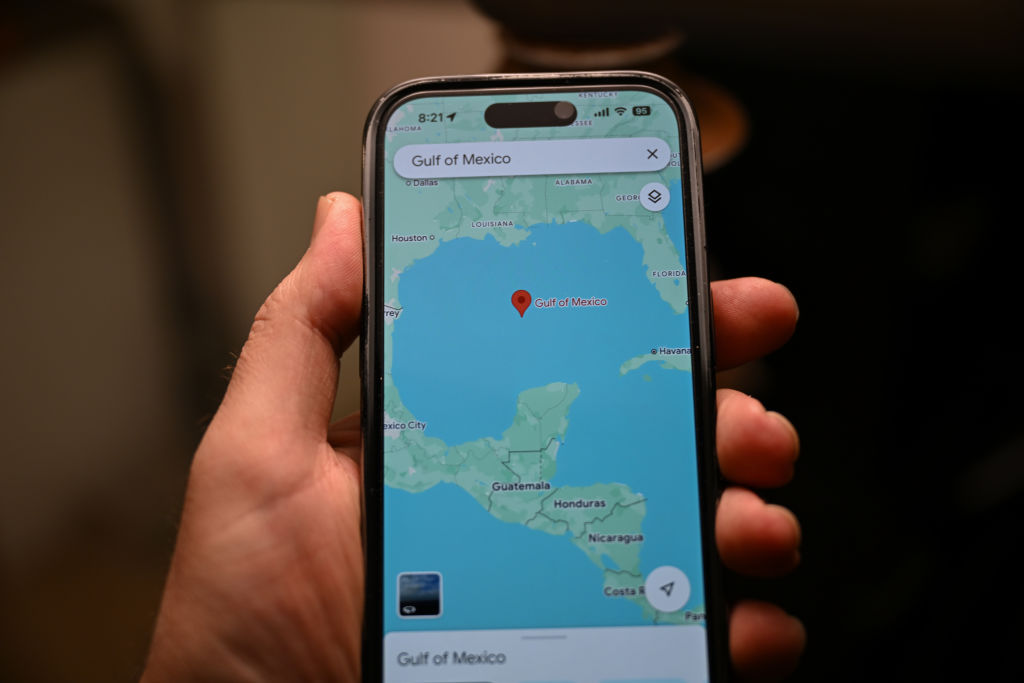The next pandemic might come from US cow meat, report says
According to a report by Harvard Law School and New York University, the next pandemic could originate in cattle farms in the United States.
The report, also led by NYU's Center for Environmental and Animal Protection, highlights the lack of health checks in commercial farms where millions of imported livestock come into close contact with each other and their handlers.
Photo: Austin Santaniello/Unsplash
"There is virtually no regulation of on-farm raising of animals. There's limited regulation of the slaughterhouse but it is extremely inadequate and it's getting worse," said Delcianna Winders, director of the Animal Law and Policy Institute at Vermont Law to USA Today.
Photo: William Isted/Unsplash
Zoonosis, the transmission of infectious disease from animals to humans or viceversa, is nothing new. It led to the influenza pandemic, HIV, Covid, and monkeypox, among many others; and according to experts, it will keep happening.
While pandemics are inevitable in a globalized world, people tend to think that they only originate in poorer countries, typically on the Asian or African continents where there’s often unsanitary practices.
Americans might think "it couldn't happen here," but regulations are so loose and interactions so frequent, researchers found, that a virus or another contagious bug could easily jump from animals to people in the US, sparking a deadly outbreak.
Photo: Rinke Dohmen/Unsplash
Globalization has led us to “erase natural boundaries of disease", said Ann Linder, lead author of the study an expert in law and animal policy to USA Today. In this gallery, we’ll go over some of the most prominent infectious diseases of recent times and how they came to spread.
The bat in the image (the "flying fox" that eats fruit and lives in parts of Africa, Asia and Oceania) is the reservoir (place of refuge) of a virus that spreads easily and kills profusely. According to WHO data, Nipah has a mortality rate of between 40% and 70%.
Image: From user:Raul654 - Own work, Wikimedia Commons
Two factors increase the dangers of Nipah. First of all, pigs are especially vulnerable to the virus and it is easier for the infection to spread from pig to human. Secondly: it incubates for more than a month without symptoms and during that period it can become contagious.
Image: Kenneth Schipper Vera/Unsplash
Nipah outbreaks have been inconsequential so far, with most of them located in Asia. Nevertheless, scientists have seen some alarm bells.
Image: Niloy Biswas/Unsplash
In Bangladesh, there were 196 cases of Nipah between 2001 and 2011, and of those infected, 150 people died, according to the BBC.
Climate change and globalization encourage tropical diseases to travel to other parts of the planet and spread. The mosquito in the image (aedes aegypti) transmits dengue.
This disease causes high fever, severe joint pain (in some countries they call dengue "bone fever") and, in its most severe form, hemorrhages that can cause death.
The WHO admits that dengue has multiplied its incidence in recent times. According to their data, before 1970 only nine countries had suffered dengue epidemics and now there are more than 100 where the disease is endemic. Even very far from tropical climates, as is the case in Europe.
A WHO report says: "Europe is currently facing the possibility of dengue outbreaks. In 2010, local transmission of the disease was reported for the first time in France and Croatia, and imported cases were detected in three other European countries.”
Image: Calvin Hanson/Unsplash
“In 2012, an outbreak of dengue in the Madeira archipelago (Portugal) caused more than 2,000 cases, and imported cases were detected in 10 other European countries, in addition to mainland Portugal," the report adds.
The Zika virus was first detected in macaques, specifically in Uganda. It is inoculated by a mosquito and causes mild symptoms (fever, perhaps a skin rash, muscle aches...). The infected person can even be asymptomatic.
Image: Olivier Guillard/Unsplash
However, Zika is very dangerous for pregnant women. It can cause malformations, especially microcephaly. It is usually accompanied by brain damage and there is a high probability of death for the newborn.
Image: From Centers for Disease Control and Prevention -
The WHO reports on its website that the first major outbreak of Zika occurred on the island of Yap in Micronesia in 2007. In 2013 there was another major outbreak in Polynesia and in 2015 it broke out in Brazil.
Now, there are cases all over the world. Spain, France, Germany or the United Kingdom have detected Zika infections in recent years.
Some experts attribute the great outbreak of Zika in Brazil to the deforestation of the Amazon and the irruption of large human groups in previously wild areas, facilitating zoonosis.
The so-called West Nile virus landed in New York in 1999 and caused an outbreak that spread across the United States. The natural hosts for this virus are birds and mosquitoes. Yet another case of zoonosis.
Over 300 different species of bird have been shown to be infected with West Nile virus. From sparrows or magpies to pigeons or finches. When a mosquito bites this bird and then a human, infection occurs.
Image: Tobias Roth/Unsplash
According to the WHO, one in 150 cases of Nile fever becomes serious and can kill vulnerable patients. It happened in two towns in the south of Spain, where an outbreak occurred in 2020 with 176 infected people and seven fatalities.
Image: Olga Kononenko/Unsplash
Many of the diseases described above spread because temperatures are rising in many parts of the globe, aquifers are drying up and species (mainly mosquitoes) are invading areas that they did not frequent before.
Image: Markus Spiske/Unsplash
An infected tick can transmit Lyme disease, which if left untreated can spread to vital organs. Global warming and urbanization in unsuitable natural areas have led to an expanded range of ticks, increasing the risk of Lyme disease.
Image: Scott Bauer /Wikimedia
Lyme disease usually causes headache, fever, joint pain. But, if left untreated, it can lead to facial paralysis, palpitations, neurological disorders... It is very common for people who go to areas such as natural parks to become infected, as they report hundreds of cases every year.
Image: Lukas Parker/Unsplash
Finally we have one of the most feared diseases: Ebola. According to the WHO, its fatality rate can exceed 50% on a recurring basis. Due to its characteristics, it is only spread when there are symptoms and the outbreaks have been controlled and have hardly left Africa.
But in a globalized world, Ebola has traveled to different countries, such as the United Kingdom, Spain, Italy or the United States. Only one patient died in the US, as advanced medicine of developed countries makes a huge difference in terms of lethality.
However, it will be up to societies and the world’s governments to stop ignoring scientists’ warnings and hopefully avoid a zoonotic outbreak, or at the very least, contain it so that it doesn’t turn into a global pandemic.
Image: Jeremy Bezanger/Unsplash
More for you
Top Stories











































